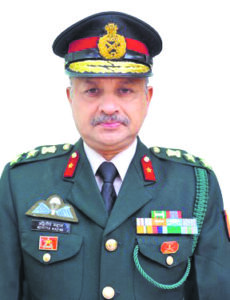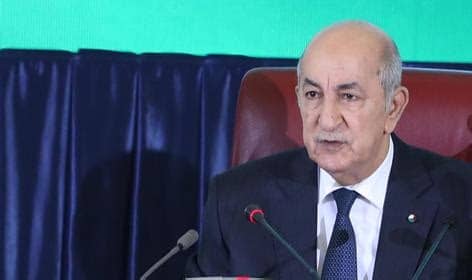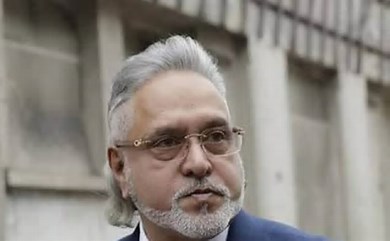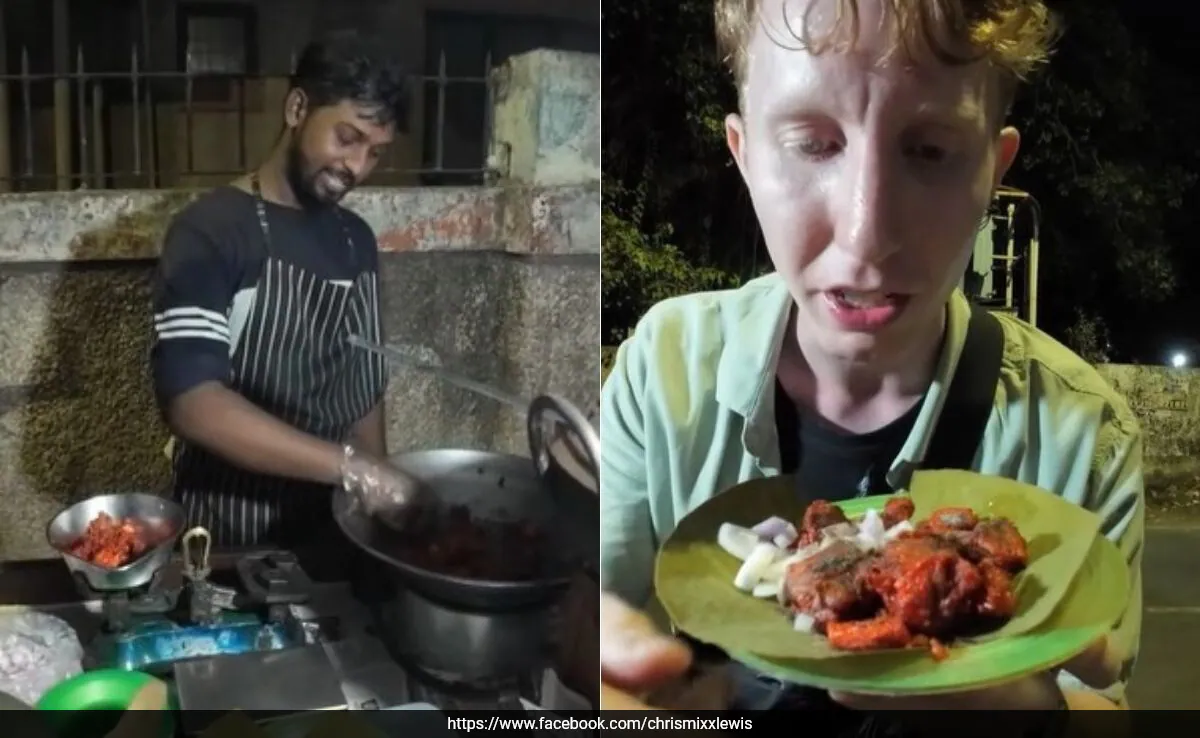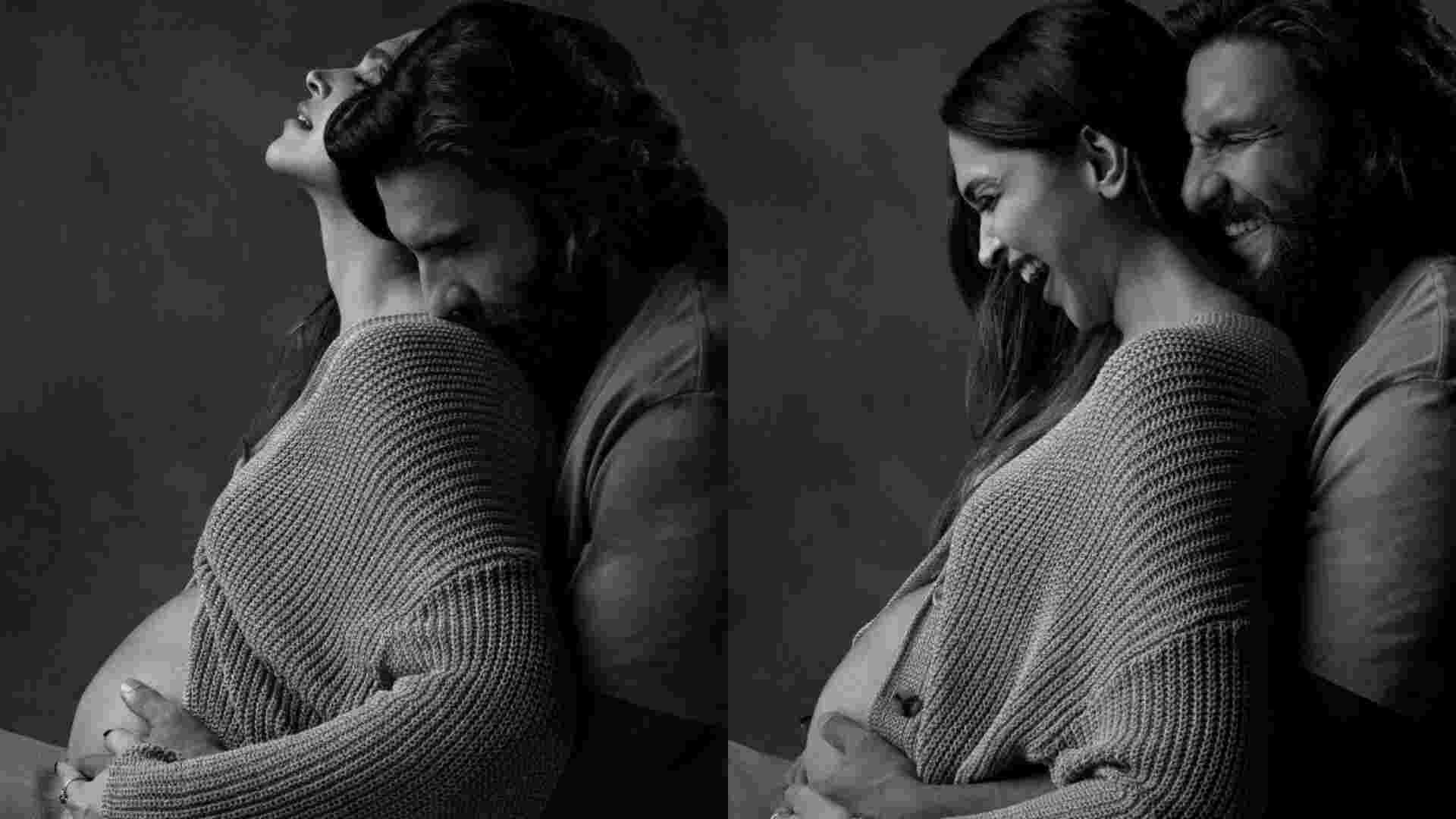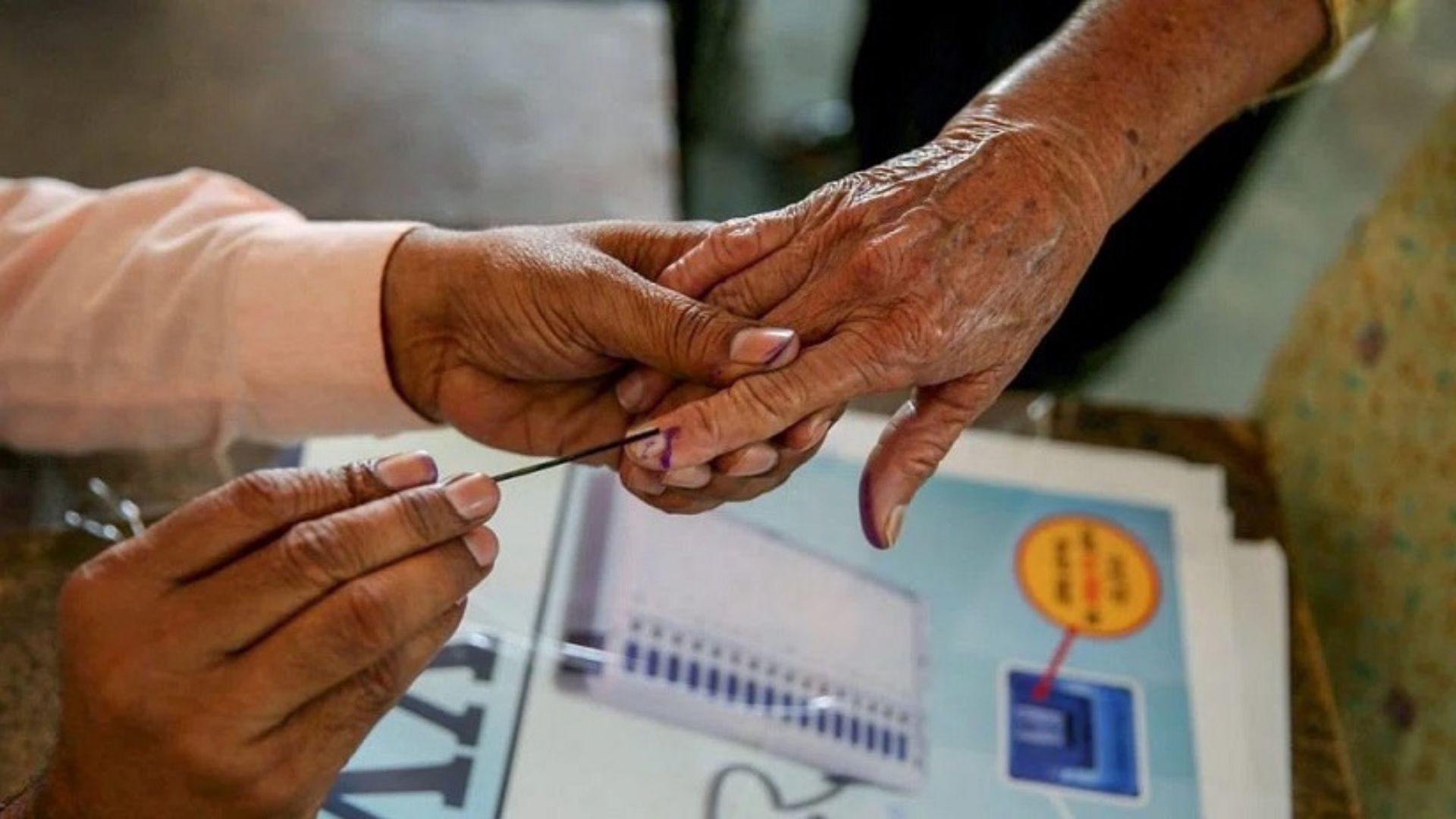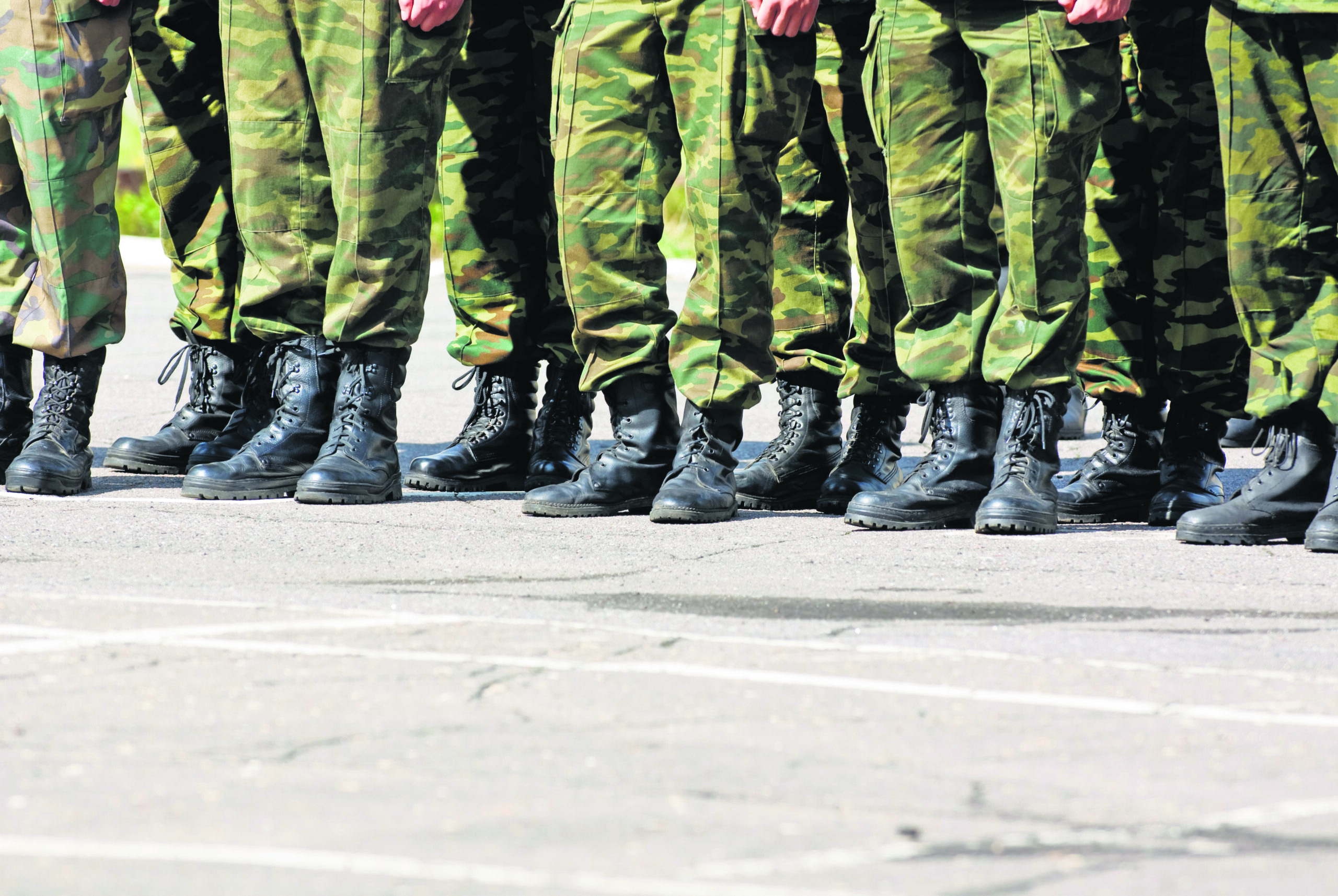
Being an infantarian, who has carried severely wounded colleagues on his shoulder after deadly encounters with terrorists, it gives me immense pain when I read about the fatal casualties, losing competent commanding officers, young officers and motivated soldiers in counter-insurgency operations. The defaulters on our side, if any, shouldn’t be spared. However, it can’t be a cherry-picking exercise to look for scapegoats. The responsibility for negative encounters should not fall only on the unfortunate unit or the Sector HQ but on all stakeholders, right from the top political and bureaucratic leadership, army hierarchy and down to the junior-most soldier.
I will very briefly cover the whole canvas of immediate measures to be taken from the macro(strategic) level to the micro(tactical) level in a logical sequence starting from the top. The new acquisitions from the defence budget must first cater to the daily operational requirements of the soldier fighting the terrorists, day in and day out. During my Manipur tenure, we had several jammers fitted on our few vehicles which never worked and were easily jammed by the militants.
There is an urgent need to go for light vehicles with adequate small arms protection and short turning radius in large numbers. Currently, these are available but they are too cumbersome and difficult to manoeuvre in rugged mountainous terrain. We can’t afford the luxury of any soldier not wearing a bulletproof jacket or patka due to existing deficiencies in the unit which should be made up forthwith. The armed helicopters, other helicopters for surveillance and drones are not being exploited optimally.
We are too over-cautious to prevent collateral damage to the civil population even though the targets are well identifiable from the air. No one is telling anyone to go the Israeli way or destroy whatever comes in their path going berserk. What is required is the discreet use of armed helicopters and drones to scan the area before any major movement especially during ongoing operations and during hot pursuit. That will entail basing the armed attack helicopters or drones close to major operational areas at crew room readiness (for copters) at the Division HQ or in a few cases even Brigade HQ for a quick viable reaction.
There is no point having them located way behind, at the rear locations. This will also involve laying down unambiguous rules of engagement so that the gunner or the pilot doesn’t think twice about engaging the militants from the air. As of now, we use air effort defensively only for evacuation of casualties. We need to go offensive in our mindset. These days we are talking a lot about integration of theatre commands with no visible tangible results on the ground.
We will certainly cross that bridge when it comes but why can’t we integrate all the operational and intelligence resources under one commander for our daily counter-insurgency tasks in the valley or North East? When I was operating as DIG in the most sensitive area of Churachandpur in 2013 (which was in turmoil a few months back), all used to take the credit for intelligence input including civil state agencies and BSF etc on termination of the operations.
All of them operate in silos. I am sure the situation remains even now. Let’s achieve integration of operations and intelligence for the counter-insurgency operations as strongly recommended by the Kargil Review Committee report long back. All the intelligence agencies comprising those of army, state-level and paramilitary forces need to come under the operational and administrative control of the local commander ie the commanding officer and the Brigade Commander.
Yes, you guessed it right. The commanding officers and the Brigade Commanders should write the annual confidential reports of all the army, paramilitary and state intelligence officials for their operational performance in their area. I agree, the BSF falls under operational control during war-like situations but isn’t it war when we are losing officers and men by each passing day? We have to go beyond the ‘courtesy cup of tea’ between the commanding officer/Brigade Commander with the BSF or CRPF Commandant on the infrequent liaison visits, we have these days.
If we want results from the commanding officer/Brigade Commander, we need to strengthen him by giving him powers, where it matters. All peacetime activities during peace tenures should stop immediately. During my leave in my entire service career, often my friends and relatives used to question me ‘What do you keep doing during the peace tenures as the war is not on’. I always had a hard time convincing them by saying, that we spend our time purely on training for war or counterinsurgency operations for our next tenure. This is exactly, what we are required to do at the peace tenures and at best catch up with the welfare of families and documentation and ‘nothing repeat nothing’, else.
Another important aspect which we need to implement is to lengthen the tenures of the Army Commander, Corps Commander, Division Commander, Brigade Commander and commanding officer to three years. It takes one year to settle down and two years to get the results. Some hard decisions have to be taken for the sake of organisational interest. This way, one will never think of the number of days or months left for his command tenure to attend. Rather, he will be more accountable towards his operational tasks and achieve tangible results as adequate time would have been given to him to prove his efficacy. I will now go a little further down the hierarchy.
The principle of ‘No movement’ in such areas without the axis having been opened by the ‘Road opening parties’ should be followed at the cost of being rigid. At the tactical level, junior leaders should be taught to handle the pressure from the top. Or shall I say differently, there should be no pressure from the top as the actions required to be taken at the ground level are best taken by the officer or the junior/Non-commissioned officer, who is facing the live bullets. The only responsibility of the senior hierarchy is to personally reach the centre of gravity as fast as possible with all the support he has at his command and not to bother the commanding officer or Commander on the mobile to feed him the details that he is feeling the urge to inform the Generals.
At the junior level, no one should be in a tearing hurry to fire the success signal that the terrorists have been eliminated but take all the time, cordon the area and choke the perpetrators till they surrender or die, whichever is earlier. Never forget ‘Hosh’ while displaying ‘Josh’. Take your time and never be in haste. Ensure the terrorist dies for his cause and not you.
Brig Advitya Madan commanded 15 Punjab in Lebanon under the UN flag in 2006 and was picked up to command the Assam Rifles Sector as DIG in the most sensitive sector of Churachandpur in Manipur. For his outstanding command in Manipur, he was selected as Brigadier Operational Logistics’ for the entire Western Command in 2015.
